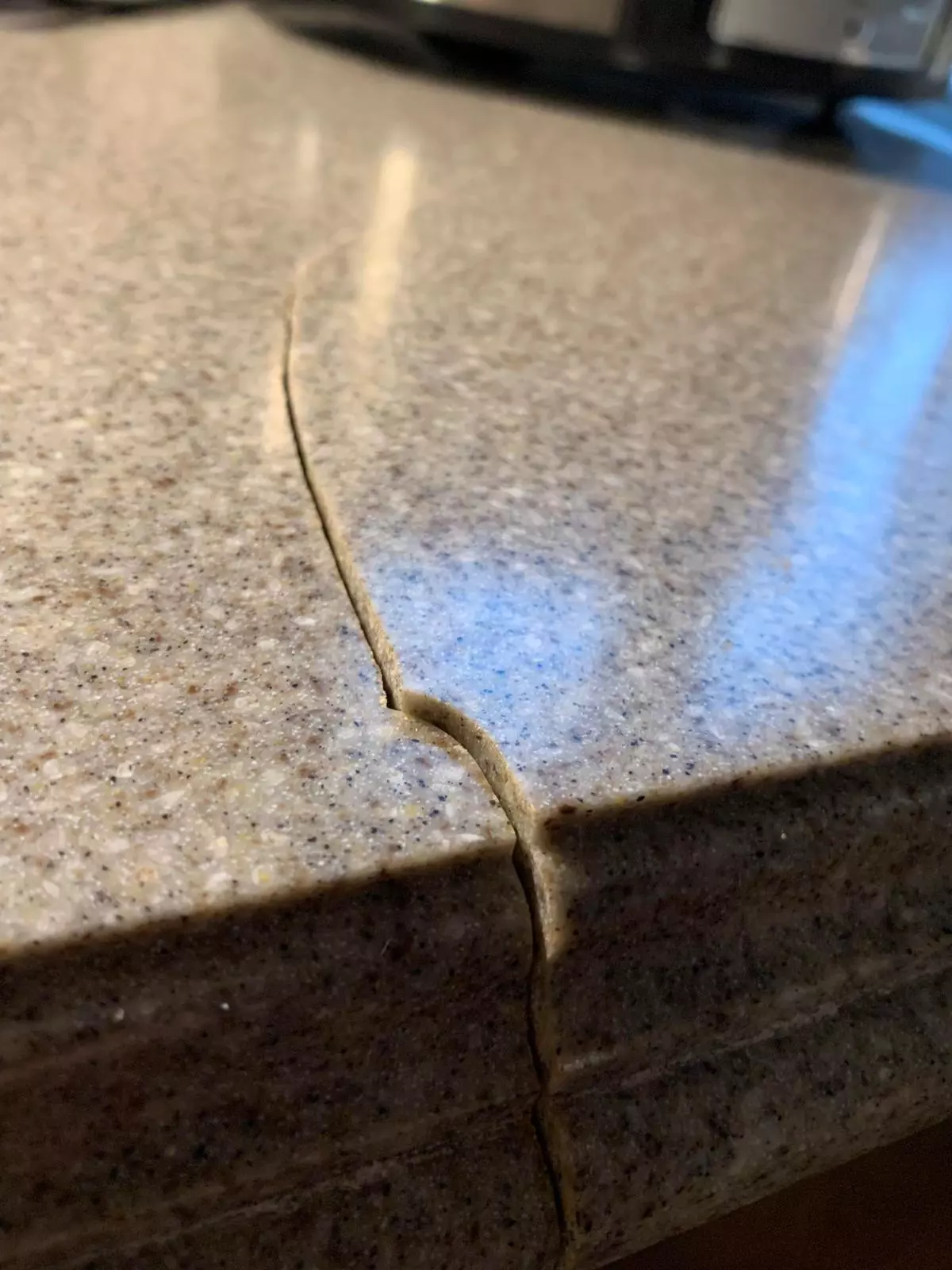Dealing with a Crack in Your Countertop: Tips and Solutions
Your kitchen countertop is a focal point of your home, where you prepare meals, gather with family, and showcase your personal style. However, over time, wear and tear can lead to cracks in even the most durable surfaces. Whether your countertop is made of granite, marble, quartz, or another material, a crack can be a frustrating and unsightly issue. Fortunately, there are several options available to address this problem and restore the beauty and functionality of your countertop.
Assessing the Damage
Before deciding on a course of action, it’s important to assess the severity and location of the crack. A hairline crack may be less noticeable and easier to repair, while a larger, deeper crack may require more extensive measures. Additionally, the location of the crack—whether it’s near the edge, in the middle of the countertop, or around the sink—will influence the best approach for addressing it.
Temporary Solutions
If you’re dealing with a small crack and need a temporary fix, there are a few options to consider. One approach is to use a food-safe epoxy or adhesive specifically designed for countertop repairs. Clean the crack thoroughly, apply the adhesive according to the manufacturer’s instructions, and carefully smooth it out to create a seamless finish. Keep in mind that this type of solution may be a temporary fix and could require periodic reapplication.
Professional Repair
For more significant cracks or damage, it’s often best to seek the expertise of a professional at Allied Gallery. Our skilled countertop specialist can assess the extent of the damage and recommend the most suitable repair method. Depending on the material and severity of the crack, they may use techniques such as filling with epoxy, resealing, or even removing and replacing the affected area.
Replacing the Countertop
In some cases, particularly when dealing with extensive damage or an outdated countertop, replacement may be the most practical solution. When considering replacement, take the opportunity to explore new materials, styles, and features that can enhance the functionality and aesthetics of your kitchen. Keep in mind that this approach may require a significant investment of time and resources, but it can provide a long-term solution and a fresh look for your space.
Preventing Future Damage
Once the crack in your countertop has been addressed, it’s important to take steps to prevent similar issues in the future. Proper maintenance, such as regular cleaning and sealing, can help protect your countertop from wear and tear. Additionally, using cutting boards, trivets, and other protective measures can minimize the risk of damage from sharp objects, heat, and impact.
In conclusion, a crack in your countertop doesn’t have to be a permanent blemish on your kitchen. By assessing the damage, considering temporary solutions, seeking professional repair, or exploring replacement options, you can restore the beauty and functionality of your countertop. With the right approach and a focus on prevention, you can enjoy a durable and inviting kitchen space for years to come.

